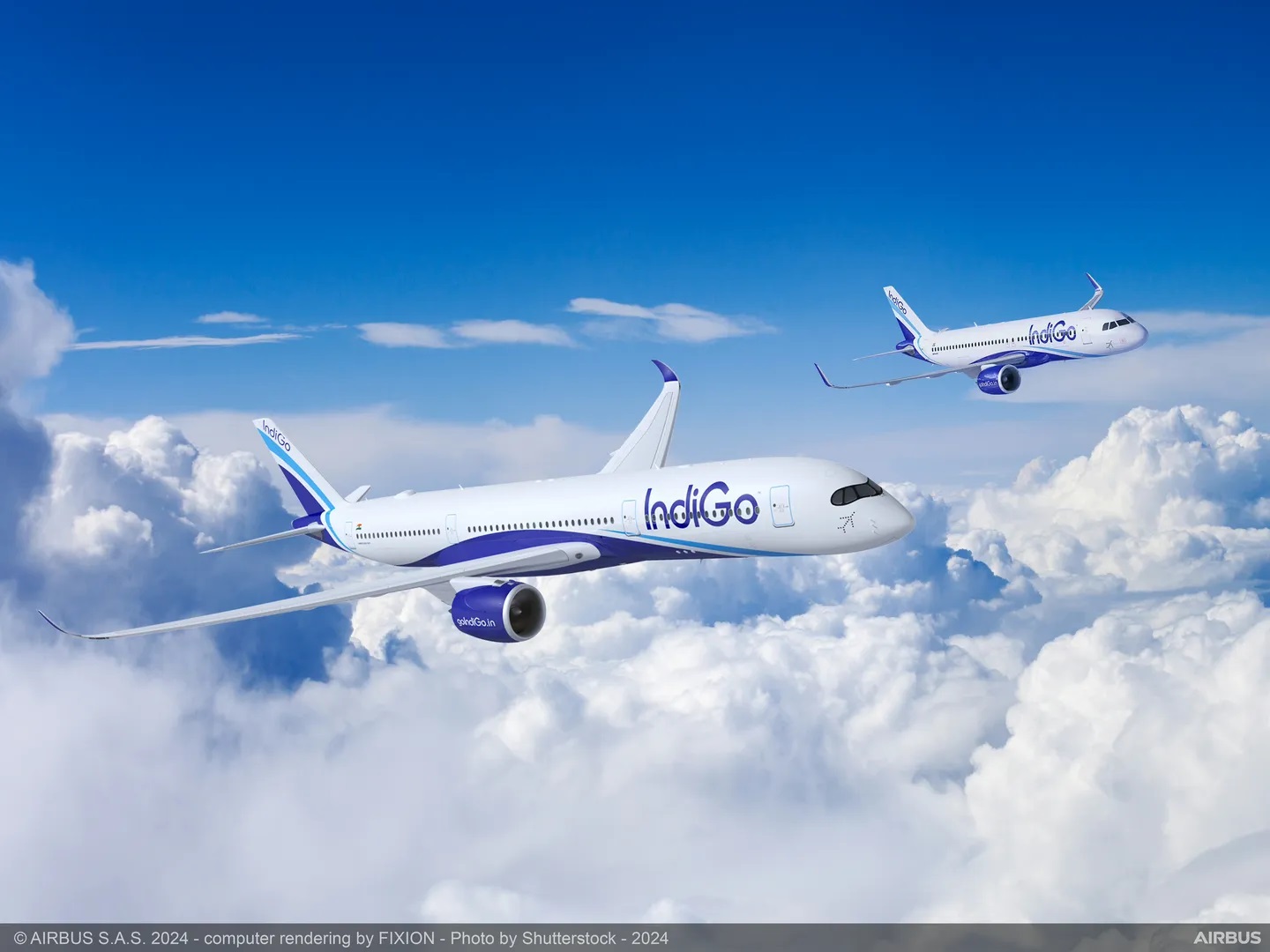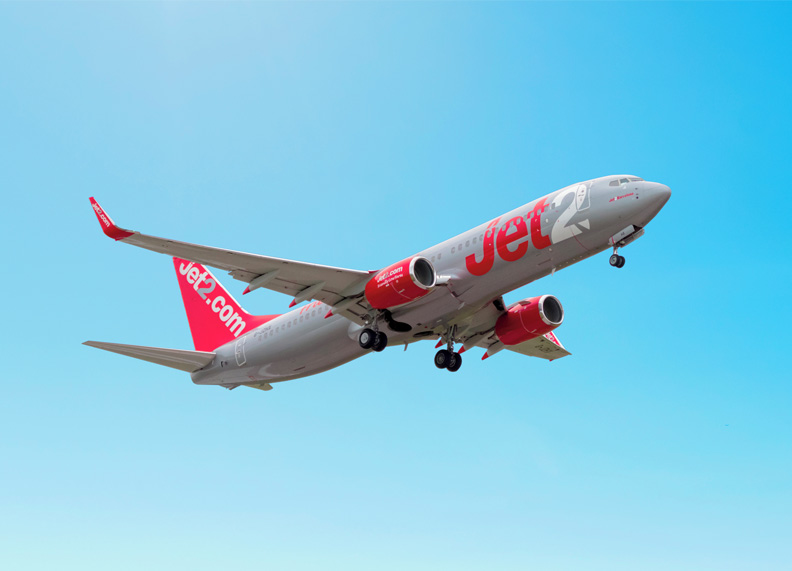IATA sees improved November passenger traffic but cargo halved

Above:
Willie Walsh, Director General, IATA.
Courtesy IATA
International demand sustained its steady upward trend as more markets reopened. Domestic traffic, however, weakened, largely owing to strengthened travel restrictions in China.
Because comparisons between 2021 and 2020 monthly results are distorted by the extraordinary impact of COVID-19, unless otherwise noted all comparisons are to November 2019, which followed a normal demand pattern.
Total demand for air travel in November 2021 (measured in revenue passenger-kilometres or RPKs) was down 47.0% compared to November 2019. This marked an uptick compared to October’s 48.9% contraction from October 2019.
Domestic air travel deteriorated slightly in November after two consecutive monthly improvements. Domestic RPKs fell by 24.9% versus 2019 compared with a 21.3% decline in October. Primarily this was driven by China, where traffic fell 50.9% compared to 2019, after several cities introduced stricter travel restrictions to contain (pre-Omicron) COVID outbreaks.
International passenger demand in November was 60.5% below November 2019, bettering the 64.8% decline recorded in October.
Willie Walsh, IATA’s Director General said: “The recovery in air traffic continued in November. Unfortunately, governments over-reacted to the emergence of the Omicron variant at the close of the month and resorted to the tried-and-failed methods of border closures, excessive testing of travelers and quarantine to slow the spread. Not surprisingly, international ticket sales made in December and early January fell sharply compared to 2019, suggesting a more difficult first quarter than had been expected.
"If the experience of the last 22 months has shown anything, it is that there is little to no correlation between the introduction of travel restrictions and preventing transmission of the virus across borders. And these measures place a heavy burden on lives and livelihoods. If experience is the best teacher, let us hope that governments pay more attention as we begin the New Year.”
International Passenger Markets

European carriers’ November international traffic declined 43.7% versus November 2019, much improved compared to the 49.4%% decrease in October versus the same month in 2019. Capacity dropped 36.3% and load factor fell 9.7 percentage points to 74.3%.
Asia-Pacific airlines saw their November international traffic fall 89.5% compared to November 2019, slightly improved from the 92.0% drop registered in October 2021 versus October 2019. Capacity dropped 80.0% and the load factor was down 37.8 percentage points to 42.2%, the lowest among regions.
Middle Eastern airlines had a 54.4% demand drop in November compared to November 2019, well up compared to the 60.9% decrease in October, versus the same month in 2019. Capacity declined 45.5%, and load factor slipped 11.9 percentage points to 61.3%.
North American carriers experienced a 44.8% traffic drop in November versus the 2019 period, significantly improved over the 56.7% decline in October compared to October 2019. Capacity dropped 35.6%, and load factor fell 11.6 percentage points to 69.6%.
Latin American airlines saw a 47.2% drop in November traffic, compared to the same month in 2019, a marked upturn over the 54.6% decline in October compared to October 2019. November capacity fell 46.6% and load factor dropped 0.9 percentage points to 81.3%, which was the highest load factor among the regions for the 14th consecutive month.
African airlines’ traffic fell 56.8% in November versus two years’ ago, improved over the 59.8% decline in October compared to October 2019. November capacity was down 49.6% and load factor declined 10.1 percentage points to 60.3%.
Domestic Passenger Markets

Australia remained at the bottom of the domestic RPK chart for the fifth consecutive month with RPKs 71.6% below 2019, albeit this was improved from a 78.5% decline in October, owing to the reopening of some internal borders.
US domestic traffic was down just 6.0% compared November 2019 – improved from an 11.1% fall in October, thanks in part to strong Thanksgiving holiday traffic.
Cargo
IATA's data for global air cargo markets showed slower growth in November 2021. Supply chain disruptions and capacity constraints impacted demand, despite economic conditions remaining favourable for the sector.
As comparisons between 2021 and 2020 monthly results are distorted by the extraordinary impact of COVID-19, unless otherwise noted, all comparisons below are to November 2019 which followed a normal demand pattern.
Global demand, measured in cargo tonne-kilometres (CTKs), was up 3.7% compared to November 2019 (4.2% for international operations). This was significantly lower than the 8.2% growth seen in October 2021 (2% for international operations) and in previous months.
Capacity was 7.6% below November 2019 (-7.9% for international operations). This was relatively unchanged from October. Capacity remains constrained with bottlenecks at key hubs.
Economic conditions continue to support air cargo growth, however supply chain disruptions are slowing growth. Several factors should be noted:
Labor shortages, partly due to employees being in quarantine, insufficient storage space at some airports and processing backlogs exacerbated by the year end rush created supply chain disruptions. Several key airports, including New York’s JFK, Los Angeles and Amsterdam Schiphol reported congestion.
Retail sales in the US and China remain strong. In the US retail sales were 23.5% above November 2019 levels. And in China online sales for Singles’ Day were 60.8% above their 2019 levels.
Global goods trade rose 4.6% in October (latest month of data), compared to pre-crisis levels, the best rate of growth since June. Global industrial production was up 2.9% over the same period. The inventory-to-sales ratio remains low. This is positive for air cargo as manufacturers turn to air cargo to rapidly meet demand.
The recent surge in COVID-19 cases in many advanced economies has created strong demand for PPE shipments, which are usually carried by air.
The November global Supplier Delivery Time Purchasing Managers Index (PMI) was at 36.4. While values below 50 are normally favorable for air cargo, in current conditions it points to delivery times lengthening because of supply bottlenecks.
“Air cargo growth was halved in November compared to October because of supply chain disruptions. All economic indicators pointed towards continued strong demand, but the pressures of labor shortages and constraints across the logistics system unexpectedly resulted in lost growth opportunities. Manufacturers, for example, were unable to get vital goods to where they were needed, including PPE. Governments must act quickly to relieve pressure on global supply chains before it permanently dents the shape of the economic recovery from COVID-19,” said Willie Walsh.
Air cargo market detail - November 2021

To relieve supply chain disruptions in the air cargo industry, IATA is calling on governments to:
- Ensure that air crew operations are not hindered by COVID-19 restrictions designed for air travelers.
- Implement the commitments governments made at the ICAO High Level Conference on COVID-19 to restore international connectivity, including for passenger travel. This will ramp-up vital cargo capacity with “belly” space.
- Provide innovative policy incentives to address labor shortages where they exist.
- Support the World Health Organization / International Labour Organization Action Group being formed to assure freedom of movement for international transport workers.
November Regional Performance
Asia-Pacific airlines saw their international air cargo volumes increase 5.2% in November 2021 compared to the same month in 2019. This was only slightly below the previous month’s 5.9% expansion. International capacity in the region eased slightly in November, down 9.5% compared to 2019.
North American carriers posted an 11.4% increase in international cargo volumes in November 2021 compared to November 2019. This was significantly below October’s performance (20.3%). Supply chain congestion at several key US cargo hubs has affected growth. International capacity was down 0.1% compared to November 2019.
European carriers saw a 0.3% increase in international cargo volumes in November 2021 compared to the same month in 2019, but this was a significant drop in performance compared to October 2021 (7.1%). European carriers have been affected by supply chain congestion and localized capacity constraints. International capacity was down 9.9% in November 2021 compared to pre-crisis levels and capacity on the key Europe-Asia route was down 7.3% during the same period.
Middle Eastern carriers experienced a 3.4% increase in international cargo volumes in November 2021, a significant drop in performance compared to the previous month (9.7%). This was due to a deterioration in traffic on several key routes such as Middle East-Asia, and Middle East-North America. International capacity was down 9.7% compared to November 2019, a small decrease compared to the previous month (8.4%).
Latin American carriers reported a decline of 13.6% in international cargo volumes in November compared to the 2019 period. This was the weakest performance of all regions and a significant deterioration from the previous month’s performance (-5.6%). Capacity in November was down 20.1% on pre-crisis levels.
African airlines’ saw international cargo volumes increase by 0.8% in November, a significant deterioration from the previous month (9.8%). International capacity was 5.2% lower than pre-crisis levels.














